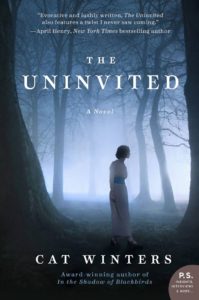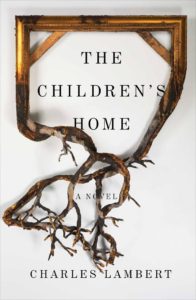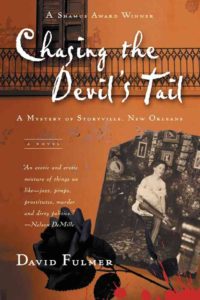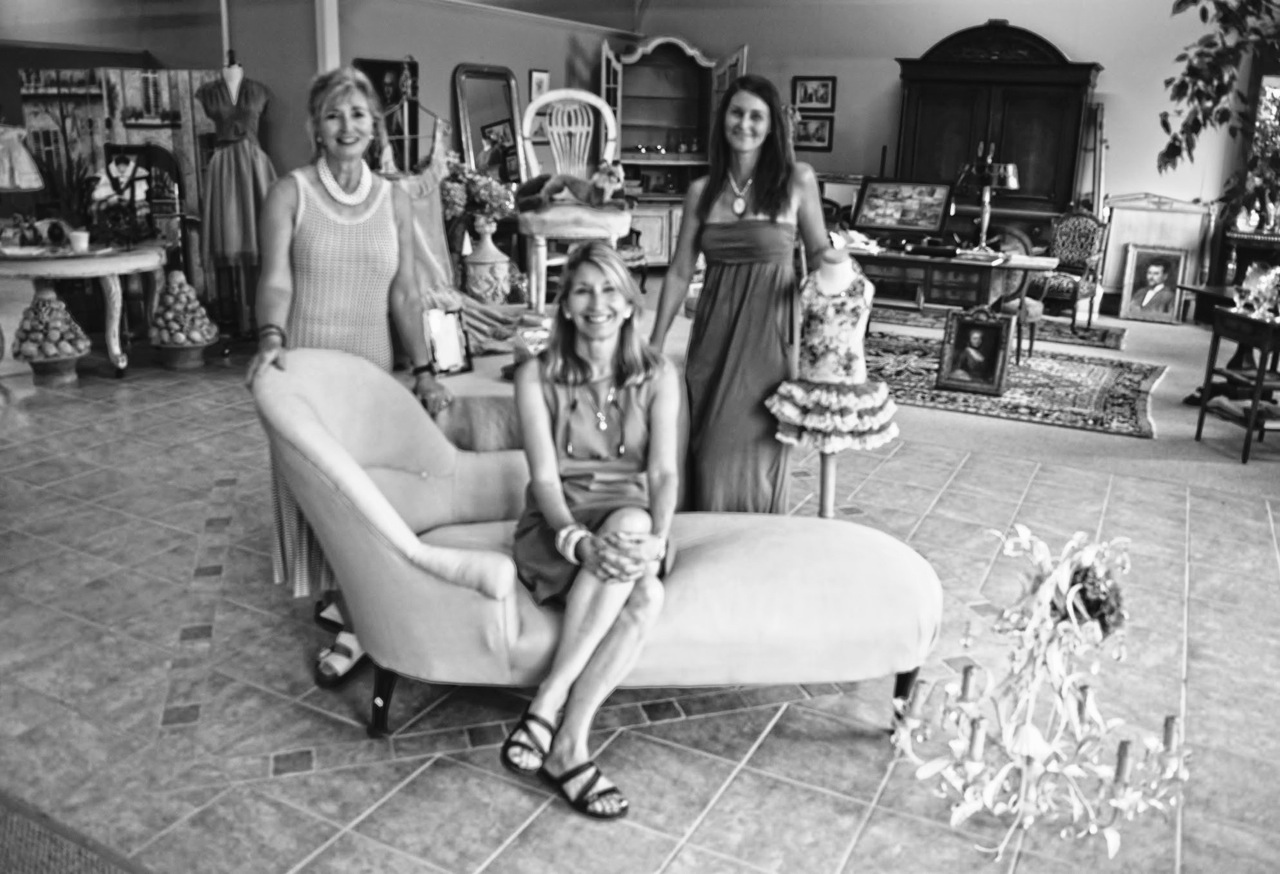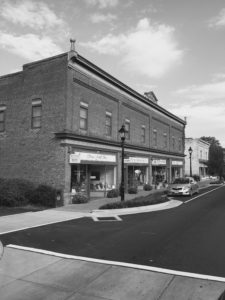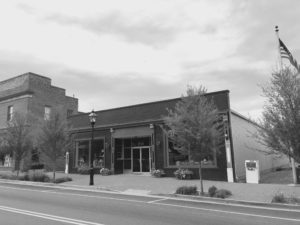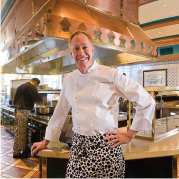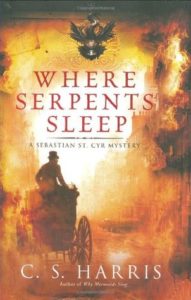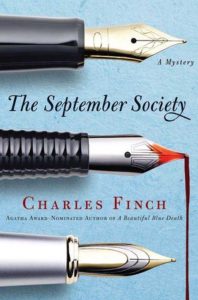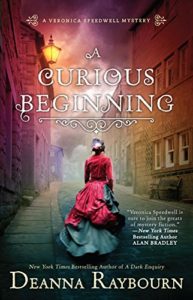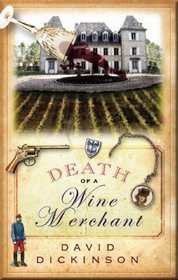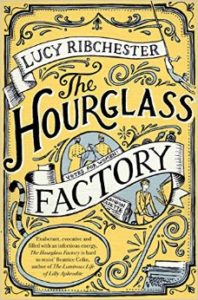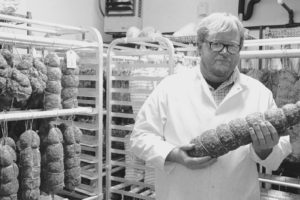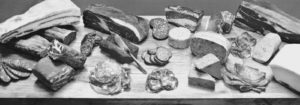 Unfortunately, there is an extreme amount of uncertainty for us to fear currently. There’s the presidential election, enough said. There’s also climate change, international, economic and political uncertainty all around us. All of this uncertainty makes for a scary proposition when we’ve already snuggled into bed with the devils we know; It is hard going to rouse much enthusiasm for a new bedmate. What if the new one is worse? What then? And what if the solution we choose ends up giving us more problems to resolve? It’s entirely possible.
Unfortunately, there is an extreme amount of uncertainty for us to fear currently. There’s the presidential election, enough said. There’s also climate change, international, economic and political uncertainty all around us. All of this uncertainty makes for a scary proposition when we’ve already snuggled into bed with the devils we know; It is hard going to rouse much enthusiasm for a new bedmate. What if the new one is worse? What then? And what if the solution we choose ends up giving us more problems to resolve? It’s entirely possible.
My old furry friend and fellow blogger, Hagar (MaryMorony.com/canine-conundrums) is consistently teaching me lessons that help me laugh at my fears and uncertainties. Especially when we walk together in the woods. There are so many things to rile up our worries in the forest. For me, there are snakes and ticks. For him, there are flies. Hagar is a Great Dane by breed, (in case you’ve never read about him before) and at 11 hands, that’s 44 inches. I had to measure him with my hands because he is afraid of a tape measure, the idea of him being afraid of something as small and insignificant as a fly, borders on the absurd. It is ridiculous, even more so for me. Look at the ratio of me to a tick or snake. Size clearly has nothing to do with fear. When I think about it, isn’t almost everything we fear smaller than we are? Odd isn’t is? But I digress, back to the walk.
So, try to imagine walking with a dog taller than a Shetland pony who insists on walking on the narrow deer path inches ahead of you. This behemoth stops whenever he hears something whiz by or is touched by something as small as a blade of grass or butterfly. Hagar waves his huge blockhead around like a searchlight looking for his boggart (a being that takes on the form of his worst fears) OR he hunkers down in the path to protect his belly from the perceived attacker. I stumble and trip after him, safe in the knowledge that while it may not be the most relaxing way to traverse the woods, there are no snakes in my path.
As Hagar thrashes his way along the trail, I find myself laughing at his irrational fears and forgetting my own. “You silly dog, it’s just a little fly.” A small voice whispers to me easy for you to laugh as it occurs to me how asinine I am stumbling along behind him. I couldn’t help but think of J. K. Rowling’s witty charm to tame boggarts—Riddikulus! Laughing at our fears is a start to conquering them.
While Hagar has a sense of humor, it isn’t developed to a fine enough degree that he laughs at what he fears. During moments of courage, he will even charge cows, ignoring my shouts that he shouldn’t, but never without the protection of a fence between him and the harmless cud-chewers. When they race off in a flurry of bovine frenzy, his hearing magically restored, he trots up with an equivalent of a chuckle in his gait.
Like Hagar, there are some fears that our humor is just not developed enough to see the irony. That’s when his variation on the theme works well for humans. Put distance between you and what you fear – like a fence. Snakes, for example, are much less terrifying at the zoo behind glass. I can’t say I like them all that much more, but they are less of a frightful thing. Ticks—there’s always bug spray.
Still, there is the dread of the uncertain. For Hagar, it could be a measuring tape or a Mylar balloon. Last night a mysterious silver orb lay on the grass along the drive, gently swaying in the breeze. Hagar was keenly aware of that fact that it had never been there before. In a feat of his most daring-do, stealthily he approached this unknown object with a warning growl as if to say, “Don’t mess with me you, you strange thing.” Caught up by a puff of wind the balloon bucked forward. My less than intrepid friend jumped back as the silver blobs underbelly waved and proclaimed a garish happy birthday. With tail tucked, he slunk behind me. I picked up the string rendering the dread thing immediately safe and known. He trotted along not in the least bothered by the strange silver object as it floated behind me. When I tied it to the fence and left it immediately, it regained an object to fear status. How often do I find the unknown fearful? And when I think I know something, how often does my fear evaporate only to reemerge at the slightest change, wondering I still laughed at my pooch’s antics?
You might think I am taking undue advantage of my buddy by laughing at his fears. While Hagar may worry his way through a walk in the woods, when he lies down to sleep all of that worry is a thing of the past. I, on the other hand, spend many a long night awake worrying about things that never happen. Who has the last laugh do you suppose?



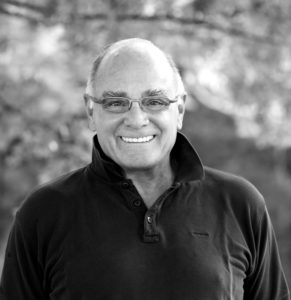
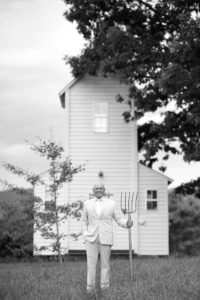 I met Tony to do this article at my studio at Liberty Park, a former factory building, in Gordonsville, located just behind a Food Lion located in a quaint small town strip mall with a menagerie of mostly eating-places. The plant, an all too typical modern American story, closed down after the lace fabric they produced could be done for less outside of the United States, three shifts of 625 people lost their jobs nearly overnight.
I met Tony to do this article at my studio at Liberty Park, a former factory building, in Gordonsville, located just behind a Food Lion located in a quaint small town strip mall with a menagerie of mostly eating-places. The plant, an all too typical modern American story, closed down after the lace fabric they produced could be done for less outside of the United States, three shifts of 625 people lost their jobs nearly overnight.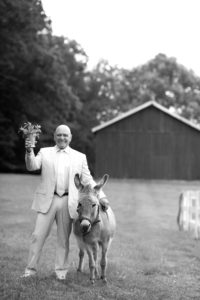 Tony grew up in quintessential northern suburbia, Connecticut, with working parents who wanted a better life for themselves and their two sons. A young Tony would follow the course his parents set for him. He attended the highly selective, preparatory high school for boarding students, Phillips Andover in Massachusetts. He was being groomed, “set up to meet the perfect blond haired Daddy’s girl” he quips, with the wealthy family and get the comfortable life. Tony thought, “what is all this business,” knowing deep inside that this doesn’t feel right. His parents befriended others who had something that they desired themselves, social climbers, who thought the rich walked on water. Among the many things imparted from parent to child, they described to Tony and his younger brother a South that was full of hillbillies – not their type of individuals.
Tony grew up in quintessential northern suburbia, Connecticut, with working parents who wanted a better life for themselves and their two sons. A young Tony would follow the course his parents set for him. He attended the highly selective, preparatory high school for boarding students, Phillips Andover in Massachusetts. He was being groomed, “set up to meet the perfect blond haired Daddy’s girl” he quips, with the wealthy family and get the comfortable life. Tony thought, “what is all this business,” knowing deep inside that this doesn’t feel right. His parents befriended others who had something that they desired themselves, social climbers, who thought the rich walked on water. Among the many things imparted from parent to child, they described to Tony and his younger brother a South that was full of hillbillies – not their type of individuals.
